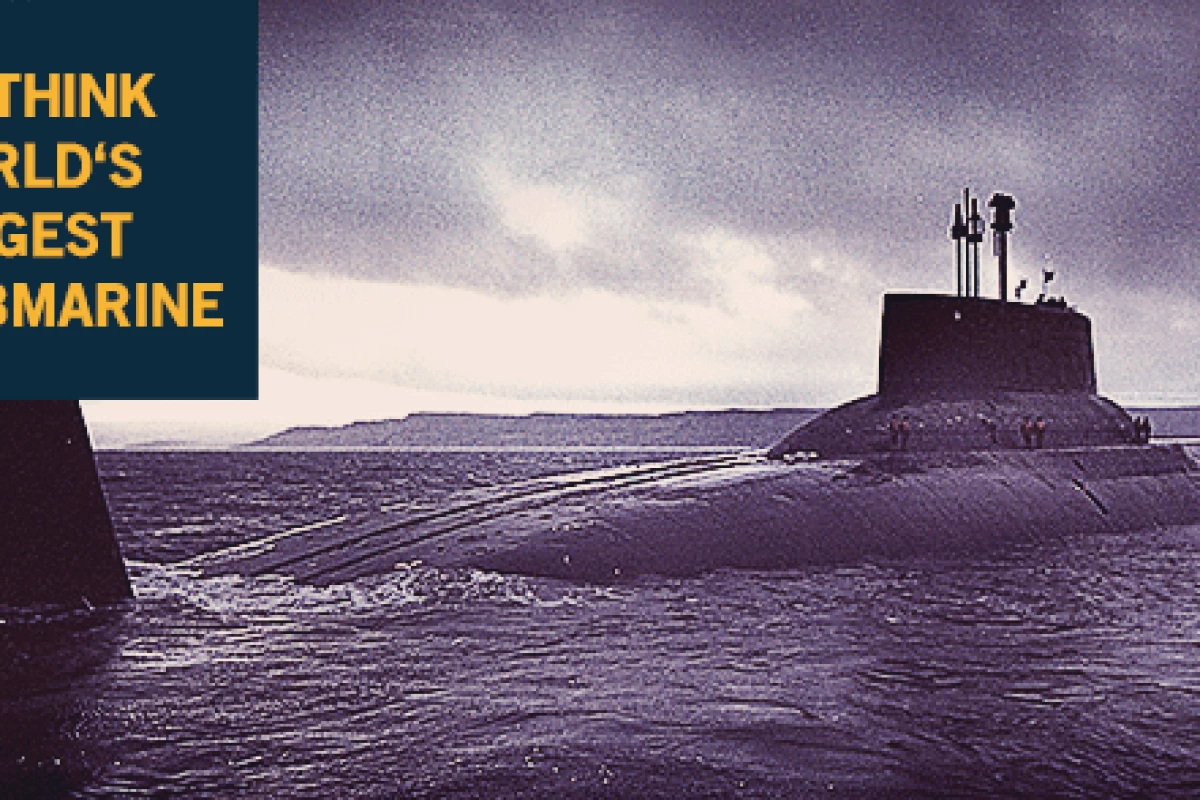Reappropriating structures or spaces for new uses is a common occurrence. Sydney's Goods Line and Battersea Power Station are both the focus of such projects. Now, architectural firm Matterbetter is asking for submissions to reimagine perhaps the most unusual thing yet: a Russian nuclear submarine.
Matterbetter explains that the Typhoon Class submarine joined the Soviet fleet in 1980 during the Cold War and is still the largest nuclear submarine ever built. At 175 x 23 m (574 x 75 ft), it is comparable in size to Norman Foster's Gherkin building in London.
The three remaining Typhoon subs are approaching the end of their working lives and are due to be retired in the coming years. With dismantling costs of US$10 million each, however, Typhoon designer the Rubin Design Bureau is looking for alternative uses for the submarines.
The stated goals of Matterbett's "The Submarine" competition are to explore the architectural potential of and possibilities for the re-use of the Typhoon, to provide freedom of design decision-making to participants, to generate professional discussion, to create a database of submissions, to inspire and stimulate the imagination of the design community, and to make the world a better place.
Ideas for use of the sub can involve it being located anywhere that is accessible by open water, or on land within 200 m (656 ft) of such a location. There are no restrictions as to what the new purpose may be. Submissions are to be judged on aesthetics and originality, the relationship between old and new, the use of technology, materials used, functionality, the realization of the sub's potential and the clarity and comprehensibility of the overall design.
Matterbetter advises that there are four levels of potential that can be achieved in reappropriating the Typhoon. Making use of its "full underwater potential" will see the sub deployed at a depth of up to 500 m (1,640 ft), "basic underwater potential" will see it deployed at up to 90 m (295 ft), "overwater only" will see it remaining at the surface of the water and, as previously mentioned, deployment on land is also possible. It is generally advised that submissions should try to retain the nuclear reactor, which can be used to generate electricity should participants desire.
The Submarine competition will be judged by a panel of architects and designers from organizations that include TU Delft, SOM and OMA. The 1st, 2nd and 3rd-place contestants will receive prize money of €3,000 (US$4,100), €2,000 ($2,730) and €1,000 ($1,370) respectively, with prizes also being awarded for seven honorable mentions, three editors' choices and the top 50 shortlisted entries.
The closing date for submissions to The Submarine is August 30th, with the results of the competition due on September 15th.
Source: Matterbetter




